We use cookies to make your experience better. To comply with the new e-Privacy directive, we need to ask for your consent to set the cookies. Learn more.
Wood Flooring Explained
Wood Flooring: Explained
The wood flooring industry has produced many types of floors made from a combination of materials to achieve a variation of solutions to suit individual requirements. Floors are specifically designed to suit different rooms of your homes, working environments and public areas.
Many floors have artificial compounds but wood is one of the only natural materials that can be used on flooring and like all things in this world it comes with its pros and cons.
There are two main types of wood flooring in the market for you to buy and its only until you scratch the surface will you be able to identify the difference. Floors Direct helps to make your choise easier by explaining the types of wood products available to you in a simple and concise way.
This guide will outline the main differences between engineered and solid wood flooring and help you understand and decide which type of product may be better suited for your needs.
![]()
Solid Wood Flooring
Definition of Solid Wood Flooring is exactly what it says, nothing else but planks of solid wood that are carefully cut and treated to create a pure natural floor.
View Full Range of Solid Wood FloorsCost
When you are shopping for <span >solid wood flooring you may find they are the most expensive type of floors with prices range anything from as low as £20 m² up to £50 m² for some of the most luxuriously designed consisting of expensively imported wood.
Here at Floors Direct our range is more focussed on bringing you a good variety at affordable prices keeping the price at low to mid-range.
Styles
Most of our solid wood collection is made from solid oak not only because of its strong and durable properties but also because it can be treated to achieve different effects, colours and complement a range of styles to suit your décor.
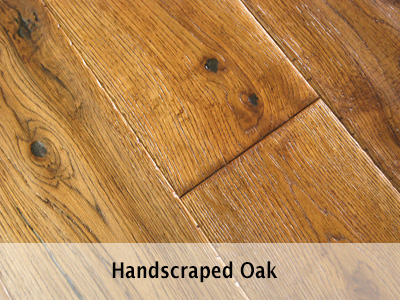
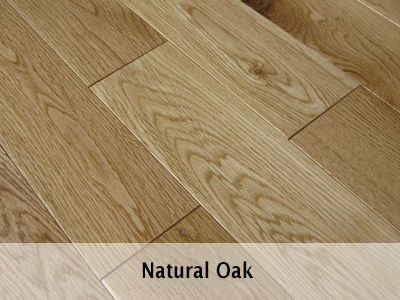
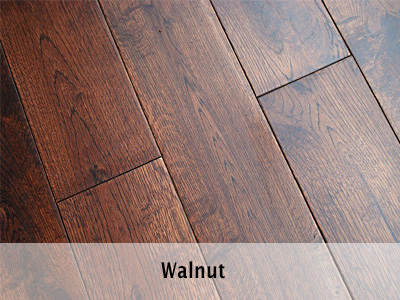
Oak is a very natural adapting wood that can come in many different styles, shades and colours. With careful and professional finishing we can totally transform the look of the wood.
The beauty about solid Oak flooring is that it can be purchased in its natural light oak or treated to give darker walnut shades.
Solid wood gives the most natural look and feel than any other type of wood flooring.
Suitability
One of the most important things to consider is that natural wood can react to moist conditions and its composition may slightly alter over long periods of especially in areas of high foot traffic.
It may come as common sense but it’s definitely worth a mention that solid wood floors are best suitable in areas where temperature is generally controlled and not regularly exposed to wet conditions such as in kitchens and bathrooms.
One thing that most of us may not be aware of is that wood may not particularly like long exposures to sun and may deteriorate faster than expected. So laying the wood in conservatories or sun lounges may not be the best of ideas.
If it’s for your home then we recommend solid wood to be laid in living rooms, hallways and bedrooms.
Care & Maintenance
As this is solid wood it requires extra care. Spillages can easily stain and water can quickly be soaked which can deteriorate the wood not only reducing its lifespan but also causing it to bulge and change shape. In such circumstances we recommend to wipe clean any spillages as soon as possible to avoid further damage beneath the surface.
When cleaning the wood use a dry cloth of mop and certainly avoid making it wet.
![]()
Engineered Wood Flooring
Definition of Engineered Wood Flooring is multiple layers of wood placed perpendicularly on top of each other from the bottom up to the final top layer being carefully selected, treated and finished to give the final look.
View Full Range of Engineered Wood FloorsCost
On average, Engineered Wood can cost slightly less than solid wood but it depends what you are comparing with.
Entry level engineered floors can start from as little as £15 m² and range up to £40 m² which is more or less the cost of solid wood floors. But the reason to go for engineered is not solely on price but more importantly its suitability and the way it’s made.
Styles
Just like solid wood you have many styles and colours to choose from and many of them are similar but the difference is engineered floors come in a larger variety.
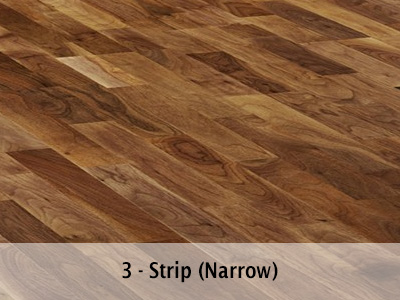
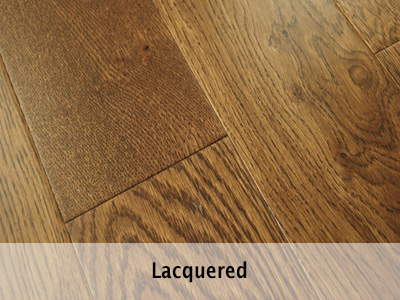
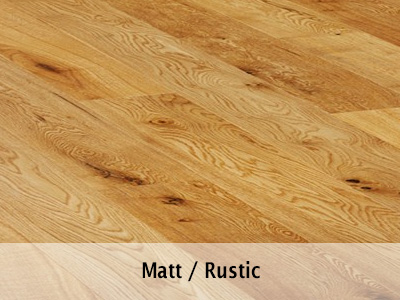
You will also find different width planks and come across narrower looking floors as well as wide ranges.
Browse the extensive range of engineered wood flooring and find many shades of colours and finishes to suit your style.
Suitability
If you have young children and accidents are prone with occasion spillages then engineered wood may be better suited. This type of wood flooring is more resilient against moisture because it is comprised of multiple layers rather than a single block of wood which in comparison allows moisture to easily penetrate through.
Due to its fair moisture resistant properties, engineered wood has been successfully installed and lasted very well in kitchens and if desired to some extent even bathrooms provided that some level of care is provided and regularly wiped dry when required.
Another desired property of engineered wood is its resistance to heat. Not only it can withstand high exposure to natural sun but it is manufactured to be suitable for underfloor heating.
Care & Maintenance
Engineered wood demands less care than solid wood and due to its level of moisture resistance it can be cleaned using a damp clothes and mops but be careful not to over soak it. Making this wood more resistant does not mean it can be left with puddles of water as it will eventually be absorbed through the adjoining groove that will eventually cause the edges to bulge.
Wood Flooring Installation
Whether it is engineered or solid wood flooring the method of installation is the same but it may differ slightly depending on your space and personal preference.
The most common method of installing wood flooring is to glue it down to the floor boards or even concreate floors using the appropriate adhesive. It can be further nailed down and around joists to give it a sturdier fitting but many try to avoid nailing.
With engineered wood it is becoming common to exercise a floating installation where it is neither glued nor nailed just clicked into each other and laid down – as long as it is fixed to exact lengths pushed against solid walls it is good to go.
Solid wood usually requires special treatment and it is recommended to be nailed to have it secured.
 0121 328 5391
0121 328 5391


